I was gratified to hear from a reader of last week’s instalment of The Oxford Sausage, ‘The Swift Hotel’, asking if was I aware of the heraldic version of the swift, the martlet. This is a mythical bird drawn in such a way that rather than have legs, the bird has tufts of feathers. This is generally considered to be a swift, though confusingly martlet means ‘little martin’. Swifts of course, spending most of their lives on the wing, have no need for anything other than small feet. Its scientific name ‘Apus’ is a derivation from the Greek meaning ‘without foot’.
You can apparently find martlets all over the place. They are in the coat of arms of Sussex. Indeed if you look closely at the Sussex County Cricket team they have martlets on their cricket jerseys. But more to the point there are three Oxford Colleges that use the martlet on their coats of arms. I had no idea. But I was curious to discover why. Worcester, St Peters and University Colleges, are all within spitting distance of The Oxford Sausage Headquarters so a morning of detective work beckoned.
I did indulge in a bit of research before I set off. I have always loved these stylised pictures on shields. They are like little puzzles, each symbol holding a different meaning. The martlet was apparently used as a cadency to denote the fourth son, (the one who has nowhere to put his feet so to speak as he is unlikely to inherit anything). Shakespeare uses the bird ironically, he describes Macbeth’s castle being frequented by ‘this guest of summer, The Temple-haunting martlet’. The bird comes, he seems to suggest, because Macbeth is unlikely to inherit the throne as Duncan, the King of Scotland, has two sons. Unless of course he does so unlawfully.
Allegorically the bird, as it never roosts, also represents continuous effort, an embodiment of hard work, and search for knowledge, which seems very fitting for an Oxford College. A merging of both these ideas suggests the martlet is the symbol of the self made man, maybe a soldier, a sea captain or someone who travels to make his fortune. Colleges tend to use the coats of arms of their founders.
So let us see.
I head first to Worcester College, a 26 acre site at the end of Beaumont Street. You will pass it on your way to the railway station, but few will know that behind its walls there is a Hawksmoor Terrace, a row of medieval cottages and a lily covered lake, on which I spot a heron attracted by the latest arrival of goldfish. The Worcester coat of arms is a white shield with two red chevrons and six martlets, in 3,2,1 formation. It is emblazoned on gateways, signposts, and in the only graffiti allowed in Oxford colleges, chalked up shields showing the victories of the college rowing teams (though the martlets on these did on occasion look more like ducks of which there are plenty on the lake.)
It is also the logo on the shirts of the college staff including Alison, who has worked as a gardener here for many years, and who I meet as I admire Worcester’s famously exquisite borders. There’s ‘kiss me over the garden gate’, and ‘love lies bleeding’ she delights in informing me. She also loves her swifts. In 2017 as part of the City Swift Project the college installed five nesting boxes, so high they had to put up scaffolding to secure them. Every year when the swifts arrive she hopes they will nest in them. It would seem so fitting when they are the college emblem. But sadly this hasn’t happened yet.
I do discover however, that the college coat of arms is that of Sir Thomas Cookes, a baronet from Worcestershire who having no children of his own bequeathed £10,000 to set up an Oxford College. Worcester College was granted statutes in 1714. He also founded Bromsgrove School, which bears the same arms. He was only the second baronet (the honour allows you to apply for arms) and there is little known about his father, William, except that he was given the title for his loyalty of the Royalist cause during the Civil War. I like to think he was a self made man, and that although the baronetcy died with his son, his chosen martlet insignia continues to fly.
Next stop St Peters College, on New Inn Hall Street. Their coat of arms, proudly displayed at its entrance, was granted the year St Peter’s Hall was founded in 1929, before becoming a college in 1961. On the left are the arms of St Peter-Le-Bailey, (the cross keys of St Peter and a castle) the church that stood on this spot and continues to be used as the college chapel. On the right stand four martlets surrounding the red cross of St George, with a bishop’s mitre at its centre.
It’s very quiet, this being August, but the porter kindly unlocks the door to the chapel, and as it turns out the answer to the other half of the puzzle. For alongside the aisles are cases filled with pictures and artefacts which tell the story of the remarkable family who founded this place, and whose coat of arms it takes, resplendent in floor tiles, banners but most particularly in the magnificent stained glass windows. Francis Chavasse was Bishop of Liverpool (hence the mitre). He was one of nine children (like myself) and went on to have seven children, with two sets of twins (I also have two sets of twin siblings). I do love connections. The eldest twins Christopher and Noel both ran in the 1908 Olympic Games in London. Christopher went on to become the first Master of St Peters and also Bishop of Rochester. Noel was the only person to be awarded two Victoria crosses for service in the First World War. He was killed in action along with his younger brother Aiden. Another brother, Francis, became a leading eye surgeon. His identical twin sisters May and Marjorie lived to over 100, Marjorie to 103!
Why the martlet was chosen to represent the family I like to think was because it suggests that no matter what place you come in the family, there is opportunity to spread your wings. There is however another tale, that attributes the family’s connection to University College, which you will remember also sports martlets on its arms. Francis’ cousin Albert Chavasse was a Fellow of the college, and also a Proctor, whose job it was to hand out discipline. On 11 May 1880, while he was having dinner, the students as a jolly jape screwed up the doors to his rooms. The only means of gaining access was by ladder. The college seems to have taken this affront rather badly and when nobody came forward to own up to the act, decided to send its students home for a week (rusticated in University speak). Chevasse, took it all in his stride, however, and when the perpetrator confessed, order was restored. Why this would persuade Chavasse to use the University College emblem in their arms I am not quite sure but it makes for a nice story.
So on to University College, (blue shield, gold cross and four or five gold martlets) on the High Street. It has a Martlet Society and a student magazine called The Martlet, so the bird is very much part of its identity. It also boasts the title of oldest college in Oxford, along with Balliol and Merton. And this is important as I am about to find out. When explaining the purpose of my visit to the college porter, he tells me I am fortunate to find the college archivist, Robin Darwall Smith at home. And sitting on a bench overlooking the honey coloured front quadrangle of this beautiful, understated college, he proffers his explanation to the conundrum.
It turns out the college have not been entirely truthful about their history. They were actually endowed in 1249 by a theologian called William of Durham, hence their claim to be the oldest college. But fast forward to the 1380’s and University College is involved in a major property dispute in which a third of its annual income is at stake. “So it sends a petition to King Richard 2”, explains Robin excitedly. “He is a bit of a genealogy geek and he likes knowing about his ancestors and their interesting deeds. By the 1380’s it was generally accepted that King Alfred had founded Oxford. Of course he hadn’t,” he smiles. “But you can see where they were coming from. King Alfred was a great patron of learning, Oxford was a great centre of learning. Surely we can join the dots. So, somewhere along the way the petitions changed from please help this college because the University was founded by King Alfred, to Your Majesty please help this college because this college was founded by your noble ancestor King Alfred.”
Apparently they still have genuine documents from the 1380’s in the archive “which are lying thought their teeth ”to prove it.
“At this point colleges were starting to have coats of arms and as it was normally the custom that colleges adopt the coats of arms of their founders. So we decide to adopt the coat of arms of our glorious founder, King Alfred. Alfred was a more attractive figure than William of Durham and more famous. But this is where is gets a little more complicated.” Darwall-Smith is now in his stride.
“Because Anglo Saxon Kings didn’t have coats of arms.” They were bought in by the Normans. “But in the Middle Ages it was thought appropriate that they should. So they made one up for them.” That’s when the blue shield with the blue cross and 4 or 5 martlets was dreamed up, to symbolise the Anglo Saxon Kings of Wessex. All of them.
“I do find it rather funny that Univ boasts a bogus coat of arms for a bogus founder,” laughs Darwall-Smith.
And so at last it all begins to make sense. The martlets you see everywhere when you visit Westminster Abbey or Westminster school, are the (made up) emblems for the man who founded them, the last King of Wessex, Edward the Confessor. And those martlets on the Sussex cricket jerseys – well Sussex once was part of the Kingdom of Wessex.
And what makes this story even more satisfying, is that King Alfred was the youngest of five brothers. Three of his brothers became King before him, which gives him the unlikely honour of being the 4th brother to become King. Against all odds. Very martlet.
At least that’s my story. Arms without legs, a martlet tale. Thank you for reading.
Shakespeare reference courtesy of Dr Beatrice Groves
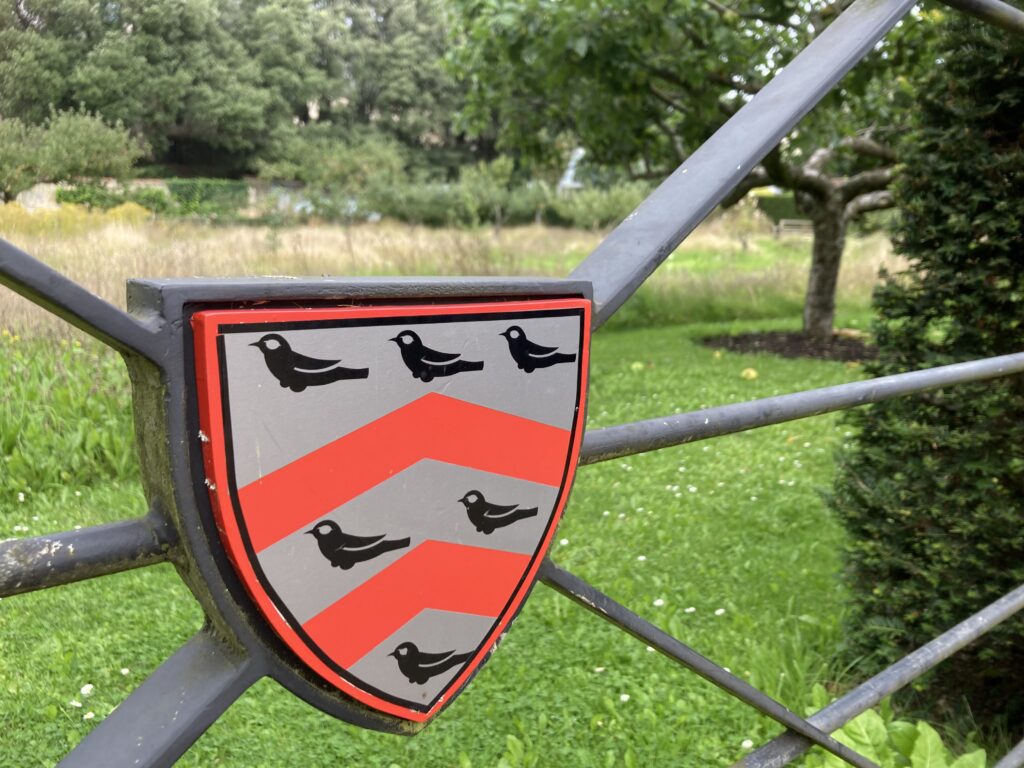
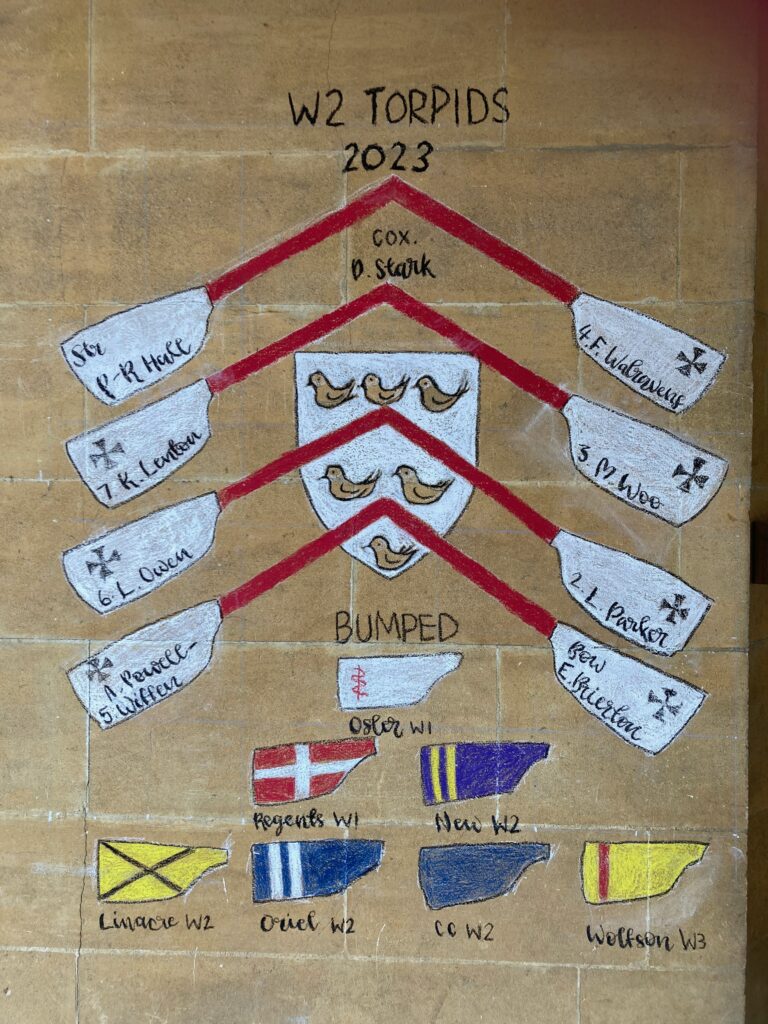
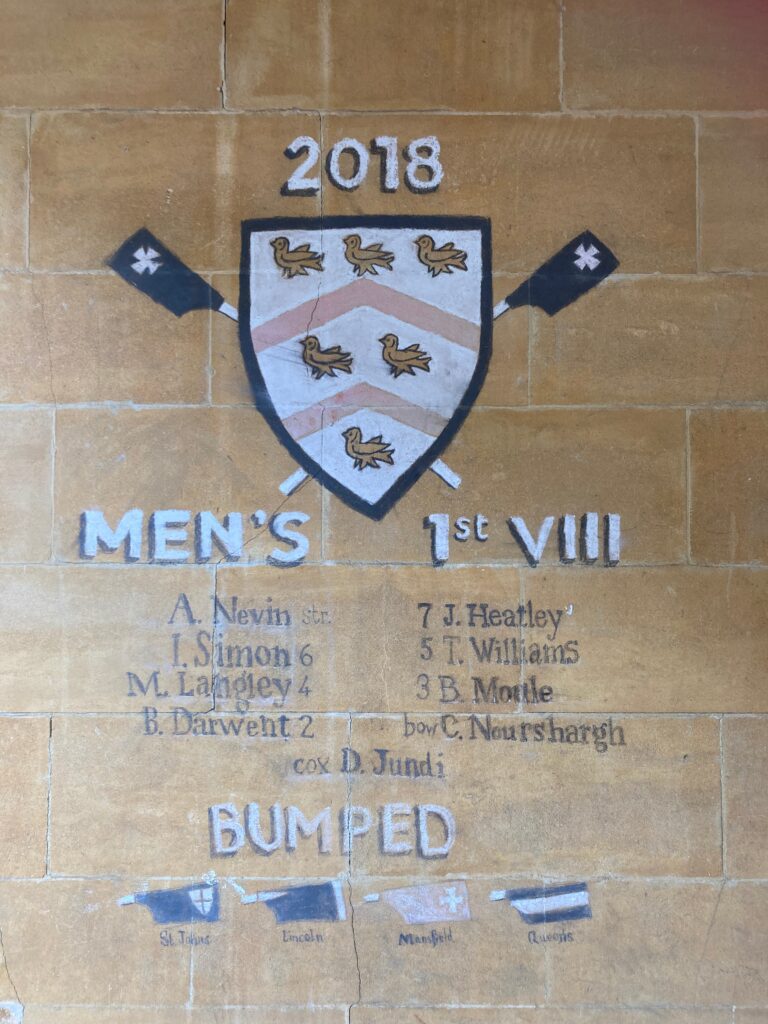

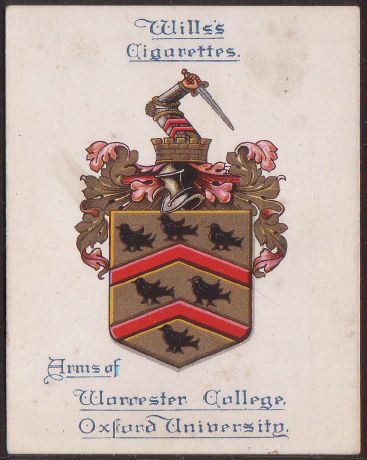
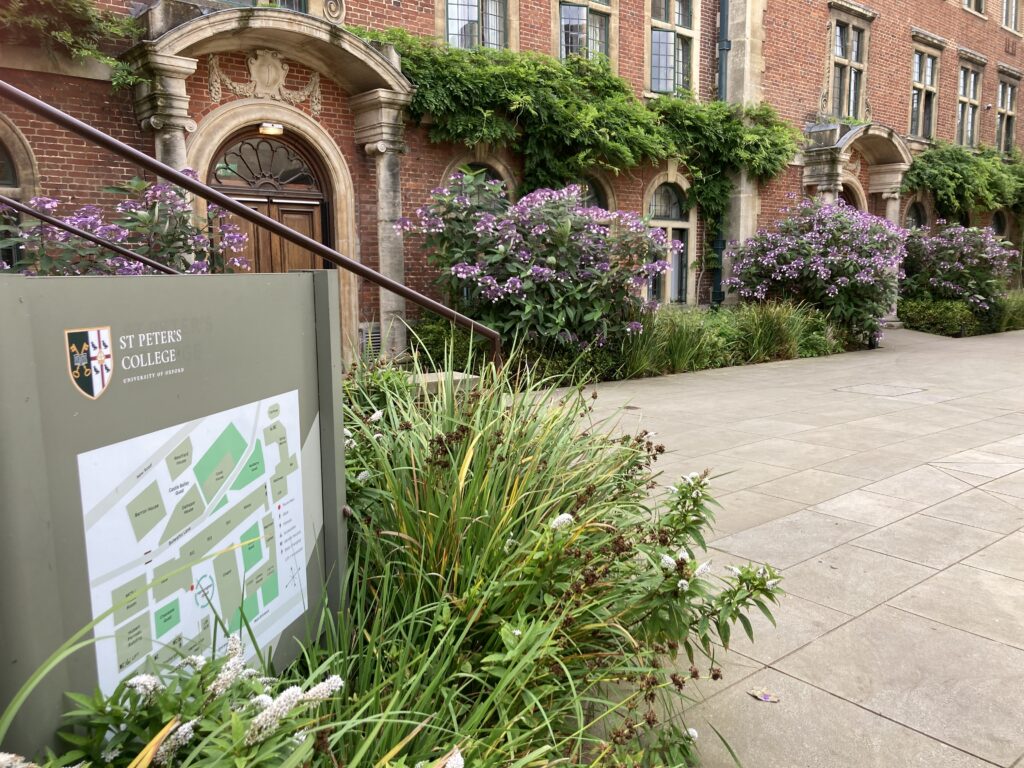
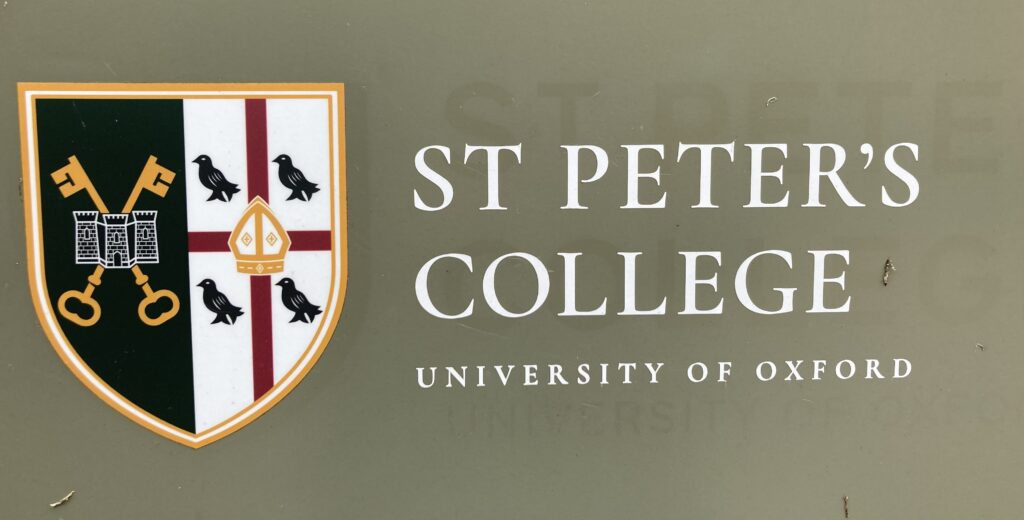
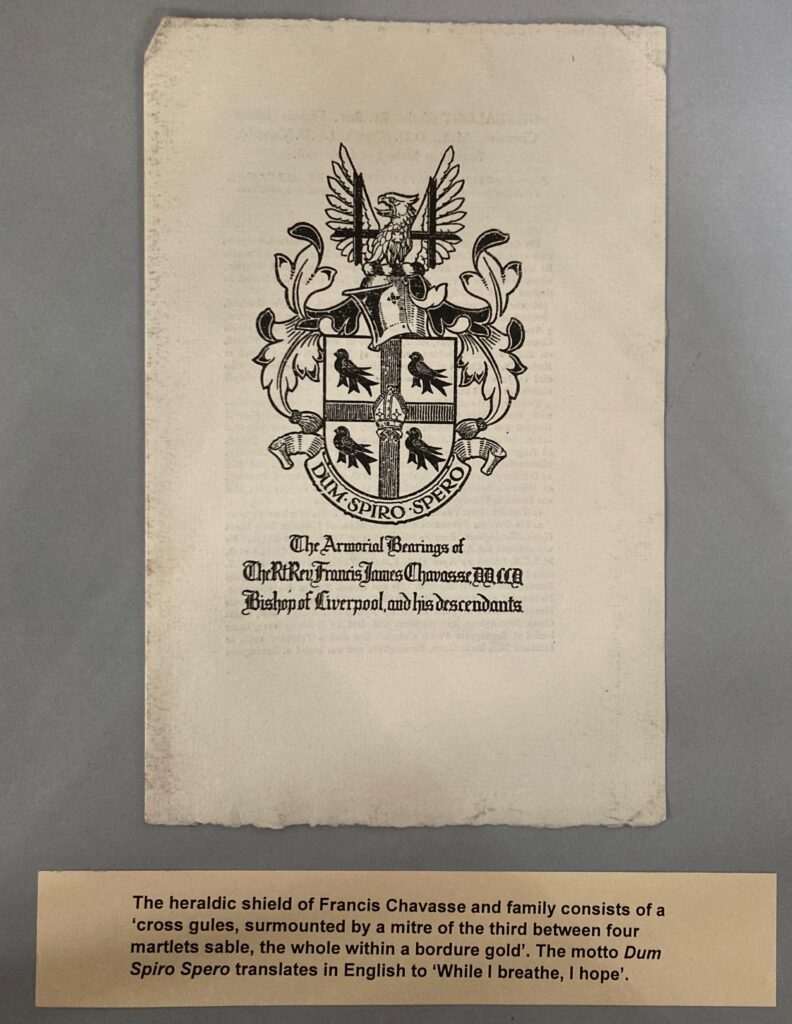
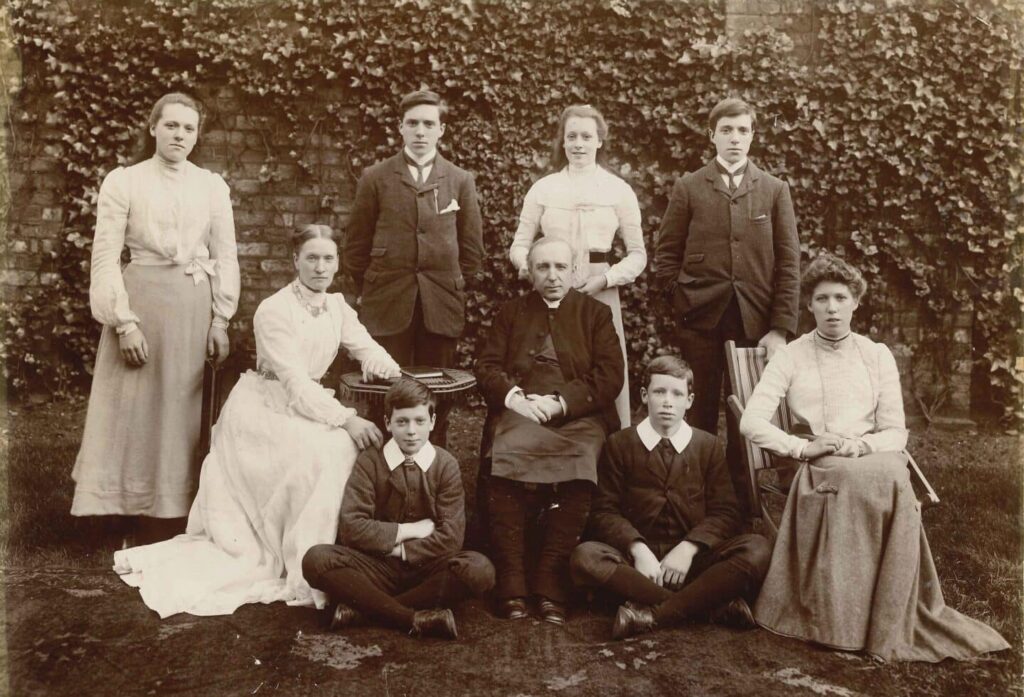
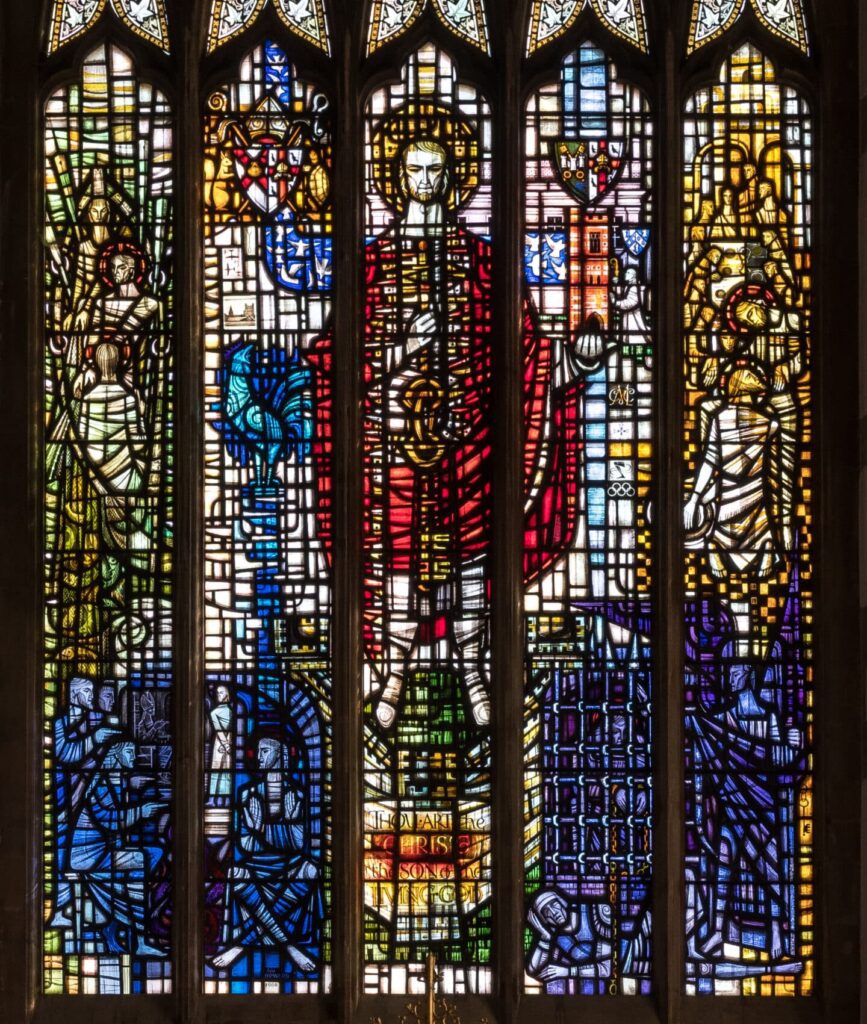
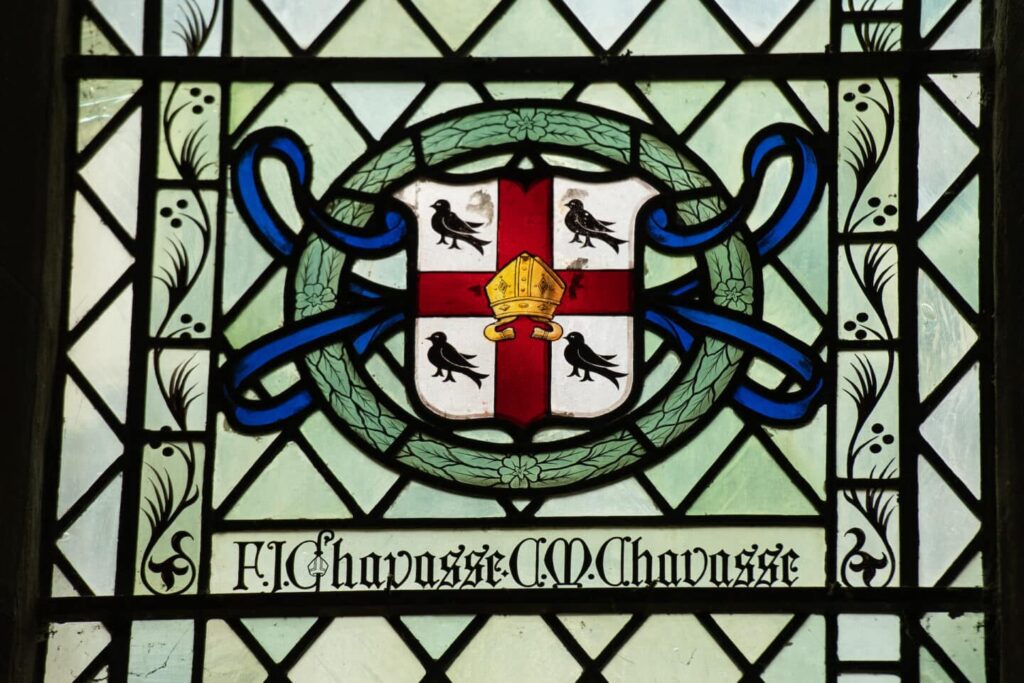
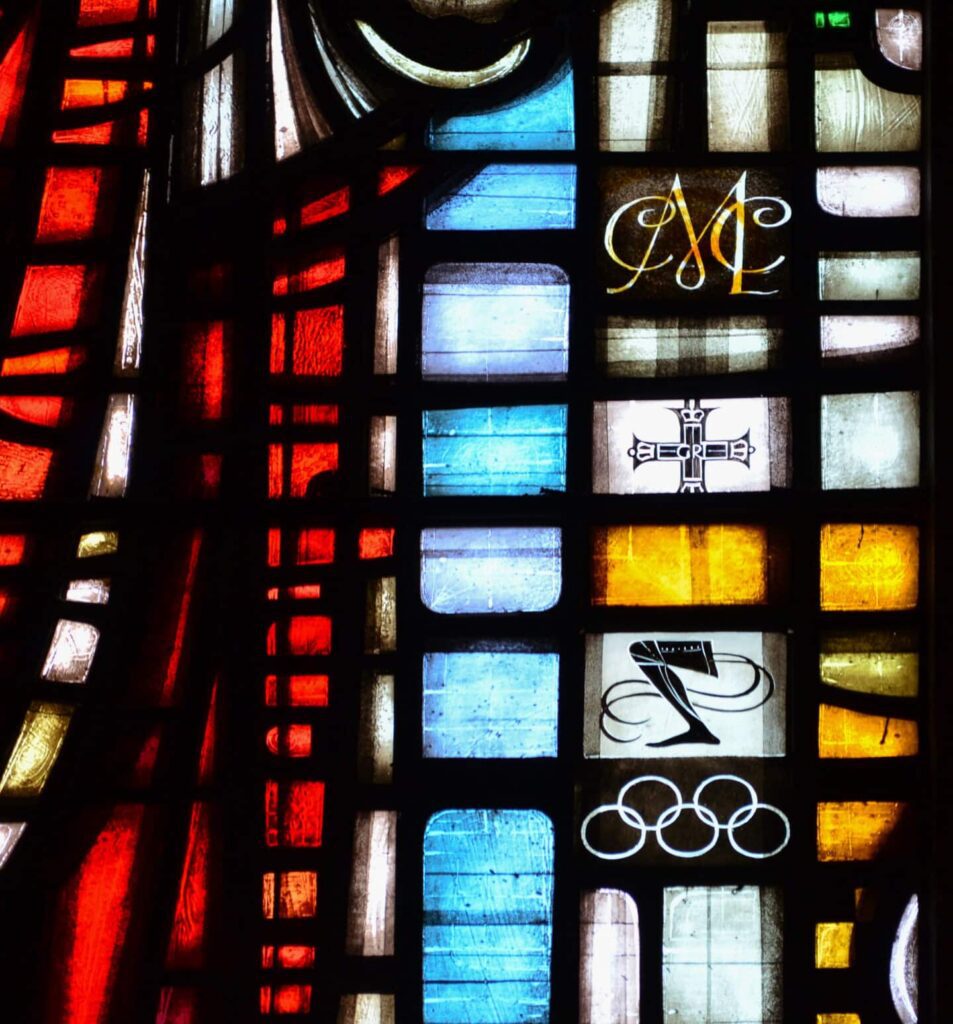
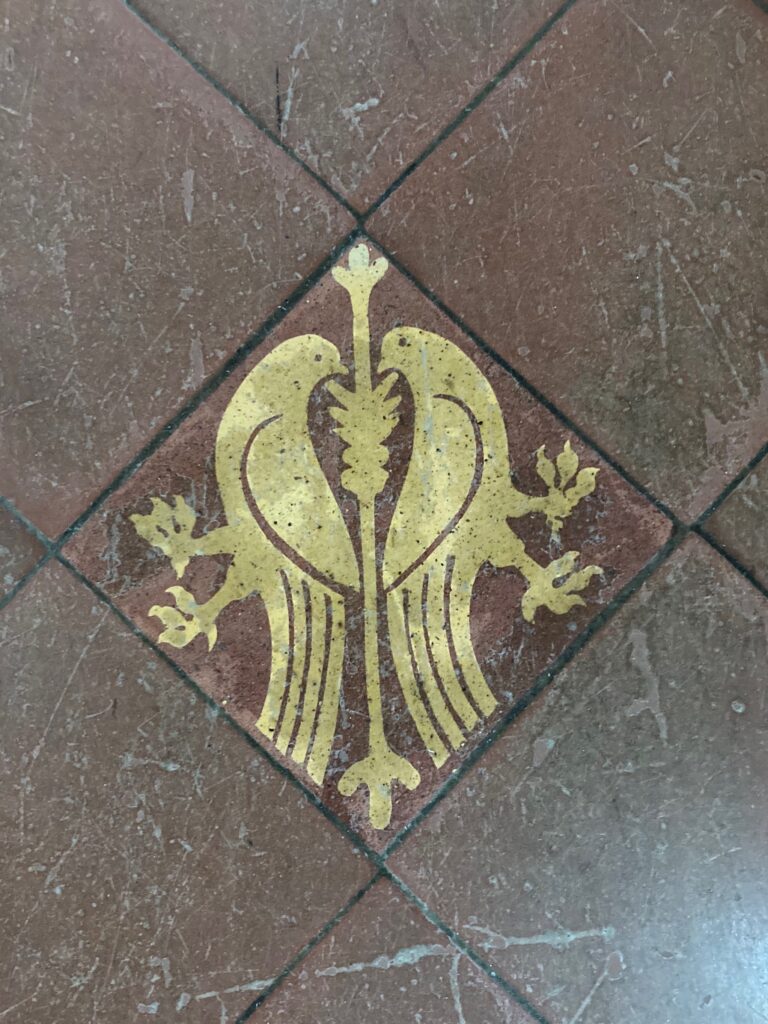
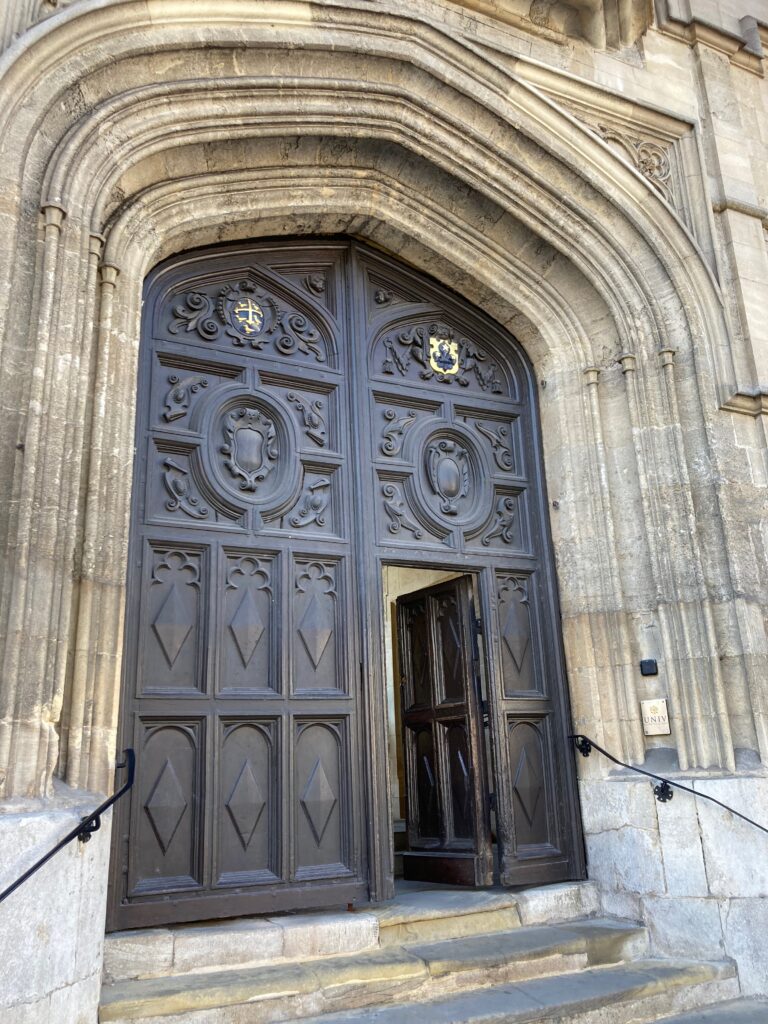
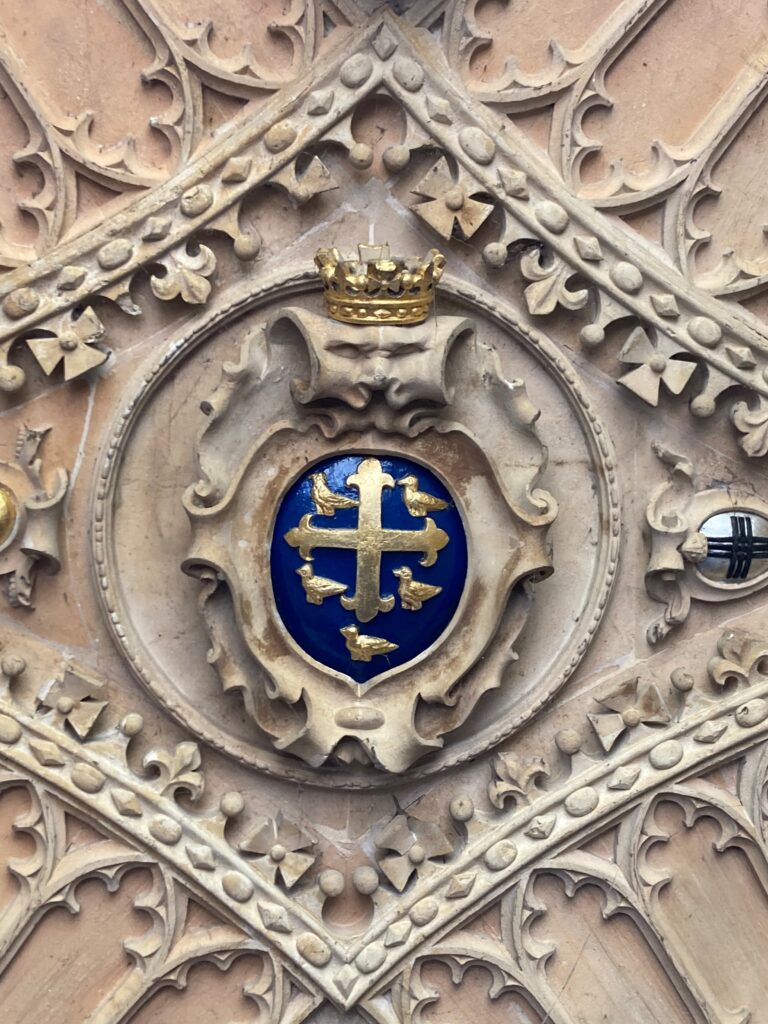
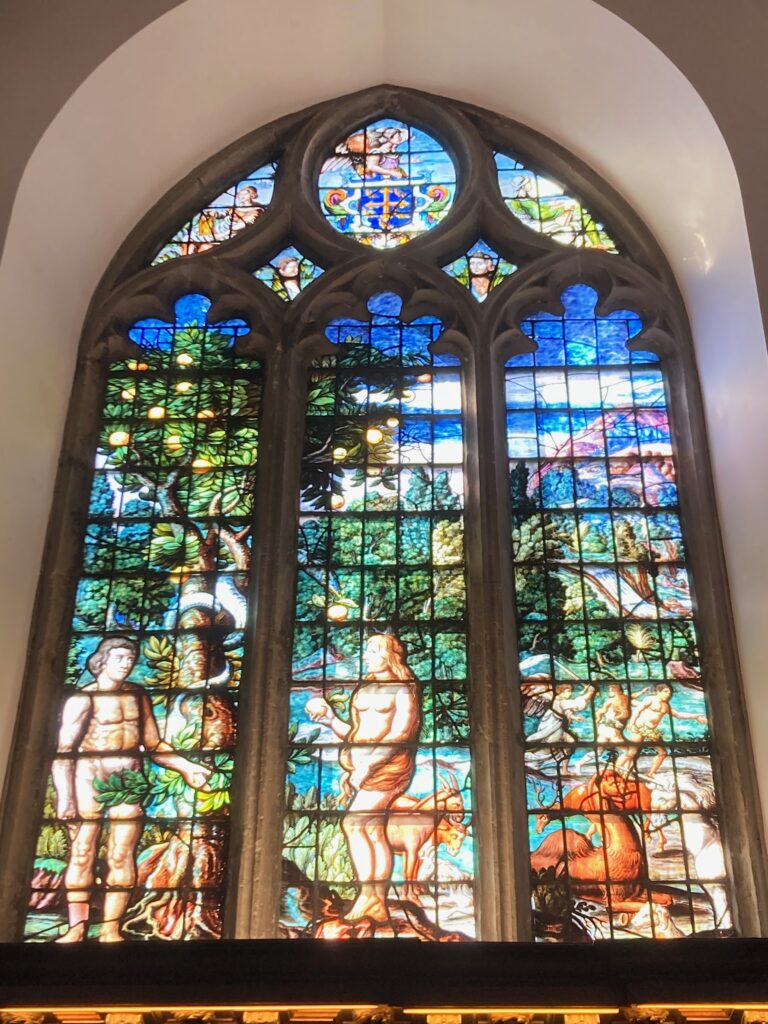
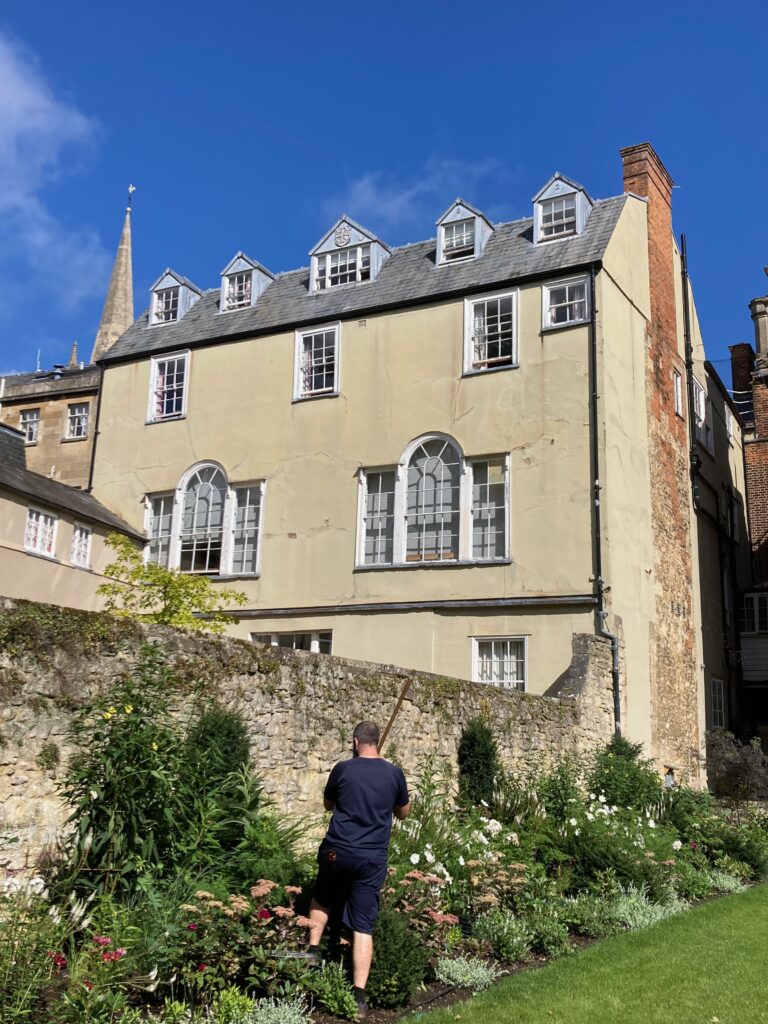
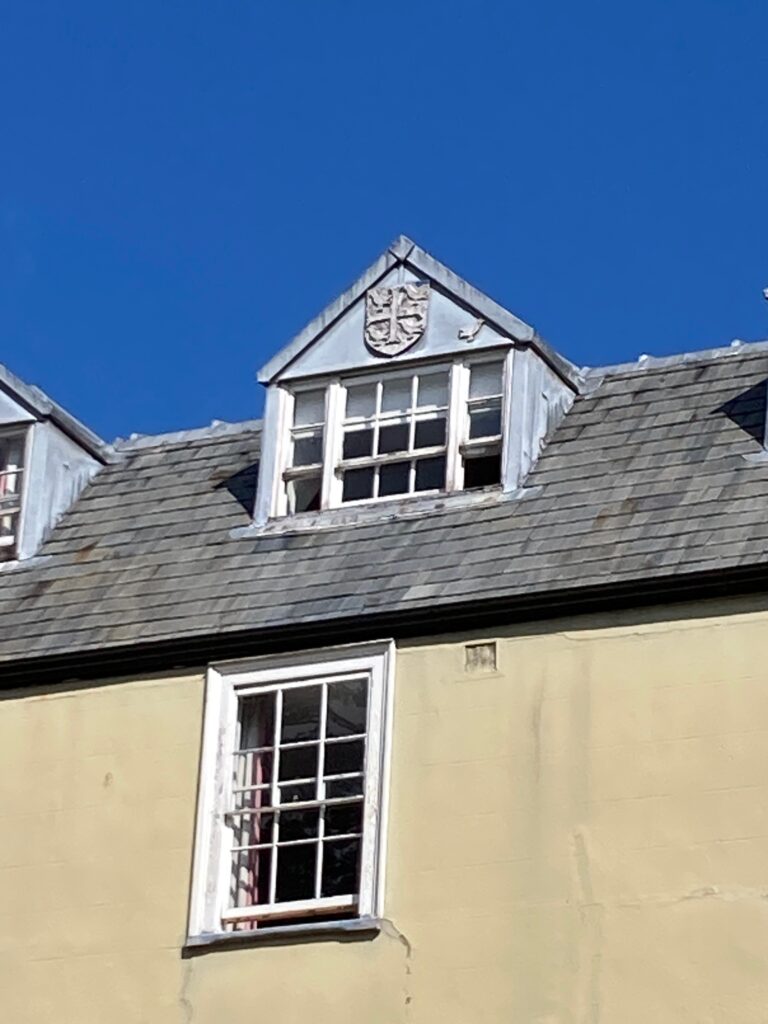
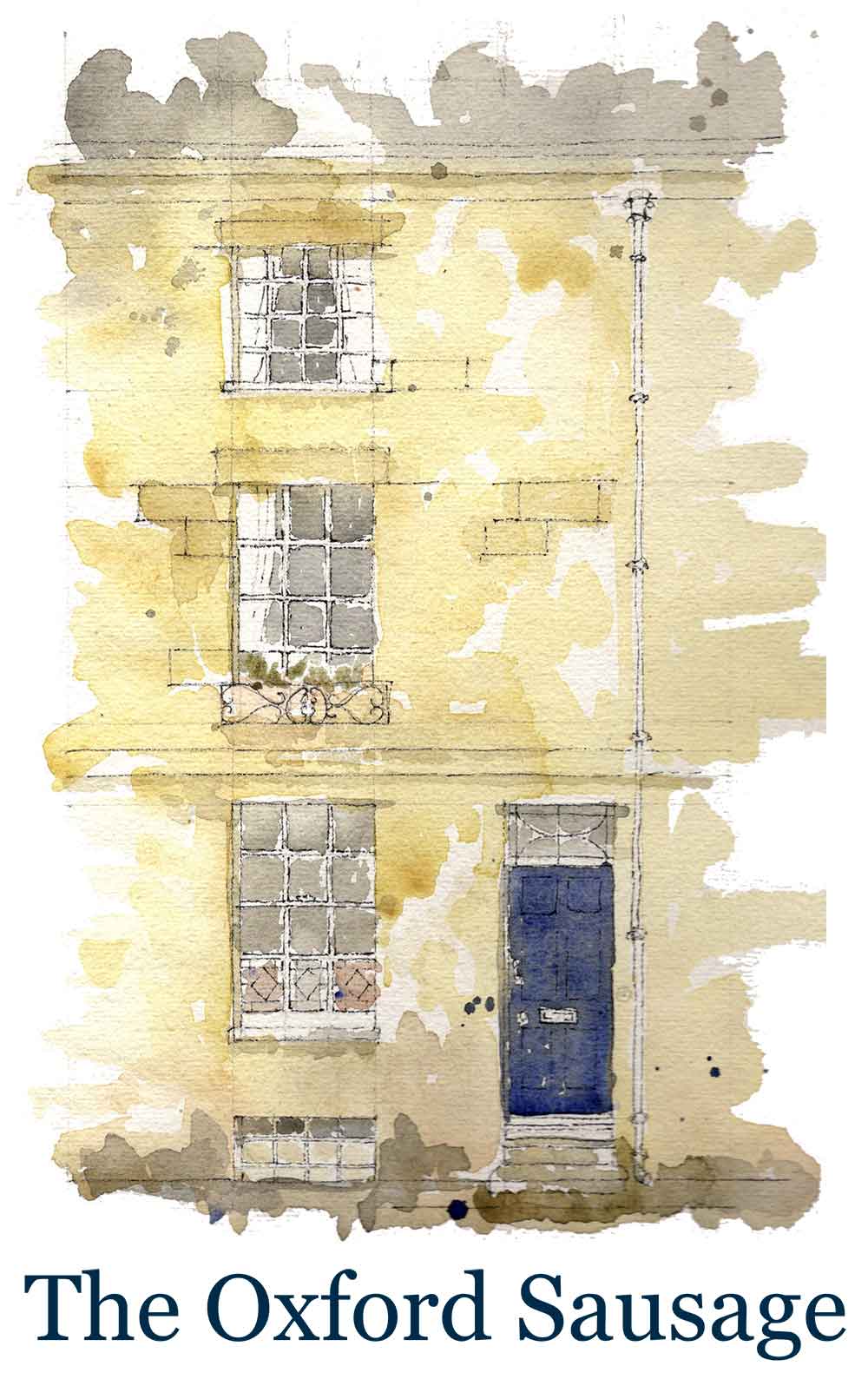
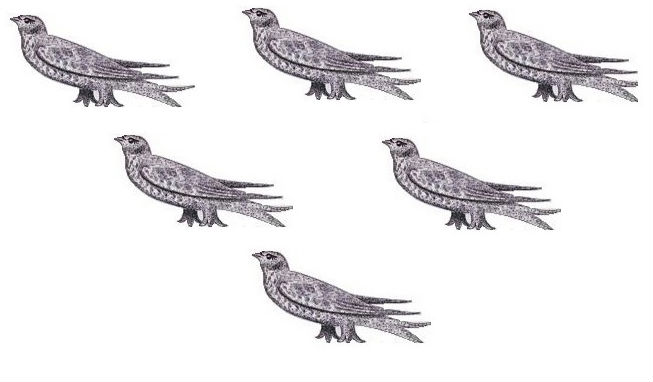
4 Comments
Join the discussion and tell us your opinion.
A lovely read, thanks Arabella. You can find another martlet in the Town Hall. It’s in the Mayor’s parlour, adorning the coat of arms of Tomas Henry Kingerlee, mayor of Oxford in 1898-99 and again in 1911-12. The shield also features a sun resplendent, which is part of the coat of arms of Thomas’s home town of Banbury. Thomas was a plumber, painter, glazier and builder, and he moved to Oxford with his young family in 1883. He rapidly became one of the biggest builders in the city and his firm, TH Kingerlee and Sons, built hundreds of houses in the city’s expanding suburbs, as well as dozens of commercial, ecclesiastical and public buildings. The company is still going strong, under the chairmanship of Thomas’s great great grandson David Kingerlee. http://www.oxfordhistory.org.uk/mayors/1836_1962/kingerlee_thomas_1898_1911.html; http://lizwoolley.co.uk/wp-content/Kingerlee150bookMay2018.pdf
Brilliant Liz. Lovely to know there are more martlets in Oxford.
There are some marlets in the Weston Library’s exhibition on now.
What a lovely bit of research. And beautiful swifts are in danger too! I wondered if you were aware that the martlet was the symbol used by Augustus W Pugin in his family coat of arms. He frequently included it in designs within his buildings, often within the stained glass windows. Anyway, here in Melton Mowbray, not far from his mother’s family home we have a reputedly A W Pugin designed church, St.John the Baptist, which has martlets in the stained glass windows. I sometimes wonder if they were a kind of secretive symbol of endurance adopted over time by Catholics since the acts of Supremacy and Uniformity (1559) imposed by King Henry VIII tried to stamp out Catholicism. I believe he submitted design for work at Balliol College in 1843 but was rejected when they discovered he’d done this under a pseudonym because he’d recently converted to Catholicism. I wonder how many of the interesting historical appearances of martlets in Oxford could all be linked by Catholicism? Thanks once again. A lovely read.